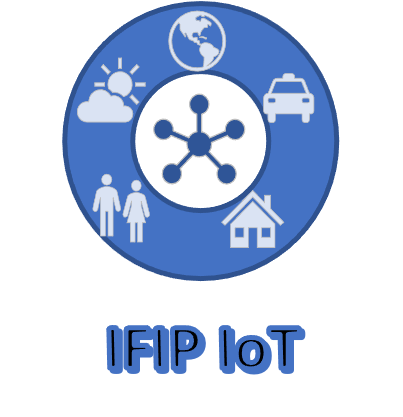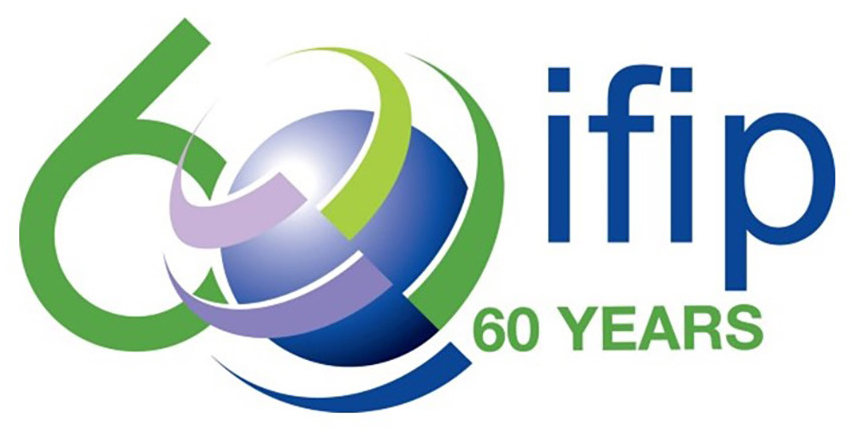Date: 07th November 2025
Prof. Fabien Ferrero, LEAT (Laboratoire d’Electronique, Antennes et Telecommunications), Université Côte d'Azur (UCA)
Title : Extending IoT connectivity from Space : Challenges and first experiments
Abstract:
Wireless communication based on low earth orbit (LEO) satellite and Geostationary earth orbit (GEO) is gaining interest for Internet of Things (IoT) applications. In the last decade, new waveforms have been introduced to combine the long communication range with the ultra-low power consumption, which is usually defined as Low Power Wide Area Network (LPWAN). Moreover, several IoT use cases require a connection in remote and isolated areas without a wireless network. The satellite technology is a clear enabler to deploy worldwide IoT connectivity. More than 20 companies have started projects to deploy a constellation of CubeSats dedicated to IoT communications for worldwide communication. In this talk, Echostar and Lacuna Space solutions based on LP-WAN protocol will be presented.
Bio:
Fabien FERRERO was born in Nice, France in 1980. He finalized his EPU engineer degree in electronics and his Master Propagation, Télédétection and Télécommunications in EDSTIC of Sophia Antipolis in 2003. He received the Ph.D. degree in electrical engineering in 2007 from the University of Nice-Sophia Antipolis. From 2008 to 2009, he worked for IMRA Europe (Aisin Seiki research center) as a research engineer and developed automotive antennas. In 2010, he is recruited as an Associate Professor at the Polytechnic school of the Université Nice Sophia-Antipolis. Since 2018, he is full Professor at Université Côte d’Azur. He is doing his research at the LEAT (Laboratoire d’Electronique, Antennes et Telecommunications). His studies concerned design and measurement of millimetric antennas, IoT systems and reconfigurable antennas.
For further information. [Homepage]
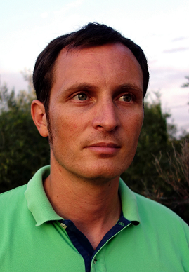
Fabien Ferrero
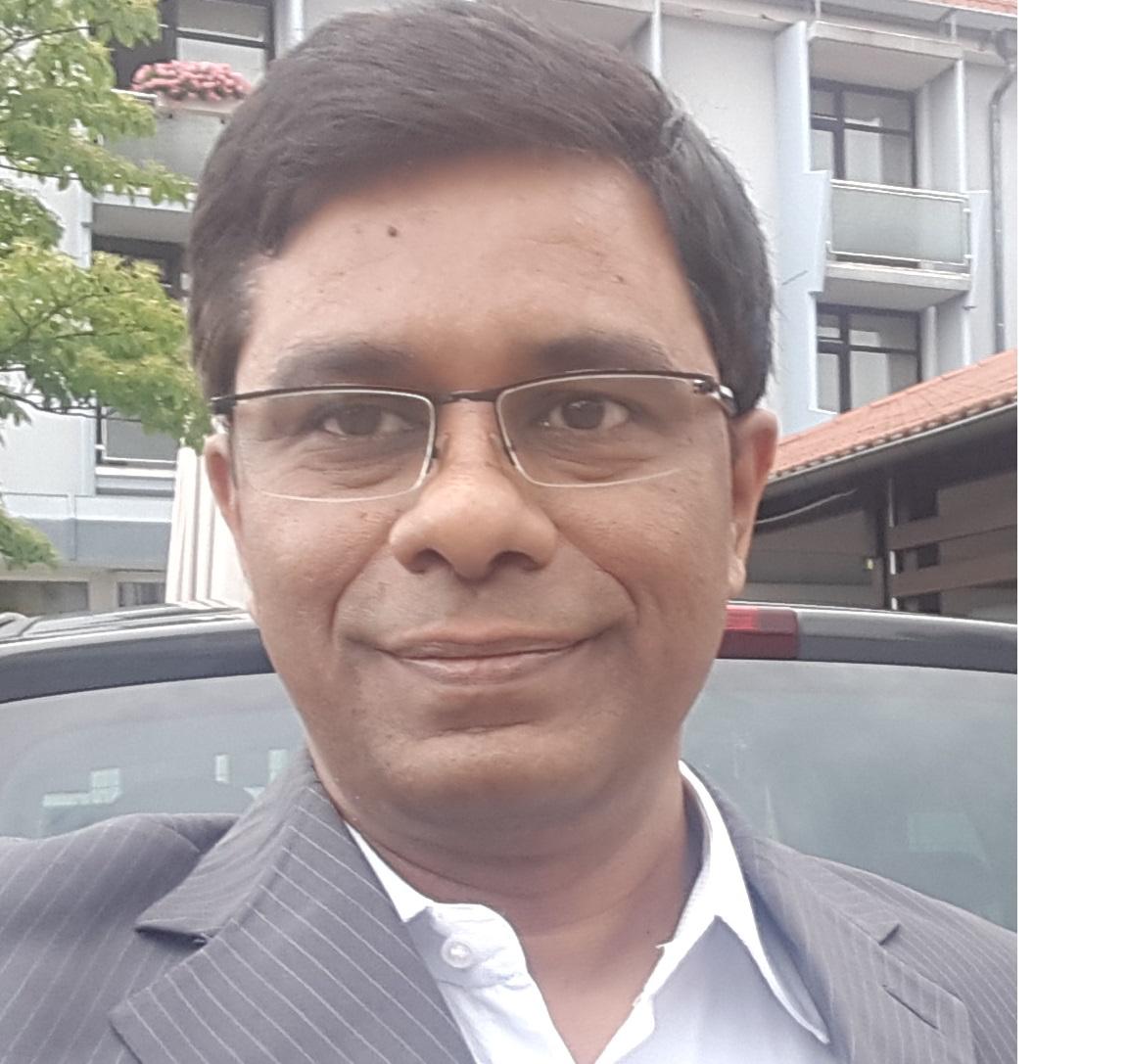
Meher VSS Pingali
Meher VSS Pingali, Head of Digitalization, Bosch Global Software Technologies, Bengaluru, India
Title : Smart, Safe and Sustainable: How IoT is Redefining Mobility
Abstract:
The Internet of Things (IoT) is revolutionizing the mobility industry by enabling smarter, safer, and more connected transportation ecosystems. Through real-time data collection and analytics, IoT is driving innovations such as predictive maintenance, intelligent fleet management, connected vehicles, and smart city integration. These advancements are enhancing operational efficiency, passenger experience, and sustainability. However, the industry faces significant challenges related to data security, interoperability, scalability, and infrastructure readiness. This keynote explores key use cases, emerging trends such as AI-driven IoT and 5G connectivity, and the strategies needed to overcome implementation barriers in the evolving mobility landscape.
Bio:
Meher is an Electronics & Communication engineer with MBA (Finance) - have 30+ years of experience in electronics & IT industries - a developer of embedded applications for Electric Locomotives, Automotive sector - Climate control, Driver Information Systems, Car Navigation and multimedia - extensively worked in the areas of Product Engineering and Digital Transformation. Working with Bosch Global Software Technologies as Head of Digitalization.
For further information. [Linkedin]
BVR Mohan Reddy, Founder Chairman & Board Member, Cyient
Title : Engineering India’s leadership in the IOT revolution
Bio:
As Founder Chairman, BVR Mohan Reddy contributes to the organization's global brand and purpose. Mohan acts as a sounding board, mentor, and critic in the spirit of enabling sustainable growth, especially in matters related to strategy, values, policy, CSR and government relations. Mohan promotes the highest standards of integrity and corporate governance, particularly at the board level. Mohan founded Cyient (earlier, Infotech Enterprises) in 1991, with the vision of providing engineering services to global markets. He established the "Engineered in India" brand and led Cyient to contribute more than $5 billion in cumulative exports to several international customers, including many Fortune 100 companies. Mohan served as Chairman of NASSCOM in 2015-16 and has been a member of its Executive Council since 2003, and continues to shape the industry agenda. He served as the Chairman of CII, Southern Region, in 2008-2009 and currently serves as the National Education Council Chairman. Mohan is also the Founding Director of T-Hub, the largest start-up incubation center in India. Mohan has taken up several leadership positions to promote higher education. At present, he is the Chairman of the Board of Governors of IIT Hyderabad and IIT Roorkee. He is a member of the Leadership Advisory Board (LAB) at the University of Michigan College of Engineering, USA, and a member of the Court of Governors of Administrative Staff College of India (ASCI). Mohan received the Padma Shri, India's fourth-highest civilian award, in 2017 for his contribution to trade and industry. He is the recipient of the Distinguished Leadership Award of the American Society of Mechanical Engineers (CIE Division). He was conferred Lifetime Achievement Awards by the Hyderabad Management Association (HMA), Hyderabad Software Enterprises Association (HySEA), and the Centre for Organization Development (COD), recognizing his industry leadership, corporate excellence, and institution building. A recipient of the Distinguished Alumnus Award from IIT Kanpur, Mohan is also a fellow of the Institution of Engineers (India). Mohan holds postgraduate degrees in engineering from IIT Kanpur and the University of Michigan, USA. He is the recipient of honorary doctorates from JNTU Hyderabad, JNTU Kakinada, Andhra University, and KL University.
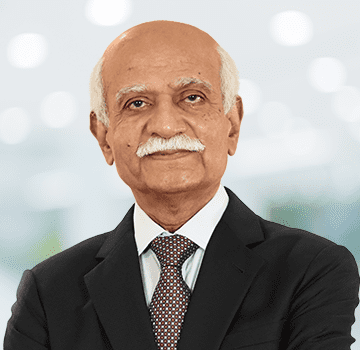
BVR Mohan Reddy
Date: 08th November 2025
Mr. Koushik De, Director, Design Engineering - Cadence, Hyderabad, India
Title : Analog Design in the AI and IoT Era - Opportunities and Disruptions
Abstract:
The convergence of Artificial Intelligence (AI) and the Internet of Things (IoT) is reshaping the semiconductor landscape, positioning analog and mixed-signal VLSI design as a cornerstone of next-generation intelligent systems. This talk examines how analog design enables real-world applications from automotive radar and 5G/6G RF front-ends to edge AI chips, wearable health monitors, and biomedical implants by seamlessly bridging the physical and digital domains with high-performance, energy-efficient solutions. We will explore recent advancements in industry and academia, including AI-augmented analog workflows, smart biasing techniques, and the integration of machine learning into EDA tools. The session also highlights evolving skillsets for engineers, the role of automation, and the rising demand for analog IP. Attendees will gain actionable insights into the challenges and opportunities of analog VLSI design in the AI/IoT age, supported by practical use cases and strategies for innovation and cross-disciplinary collaboration.
Bio:
Mr. Koushik De is a semiconductor industry leader with over 20 years of experience in analog and mixed-signal IC design and engineering management. At Cadence, he leads advanced technology and AMS IP development across global teams. His expertise spans SERDES, DDR, PLLs, Data converters, and power management circuits. Previously with Synopsys, Invecas, Xilinx and Intersil he has delivered multiple high-performance Analog and Mixed Signal IPs for automotive, consumer, IoT and 5G applications. Mr. De holds over seven U.S. patents and several international publications, with current research focusing on AI-driven analog design and methodologies.
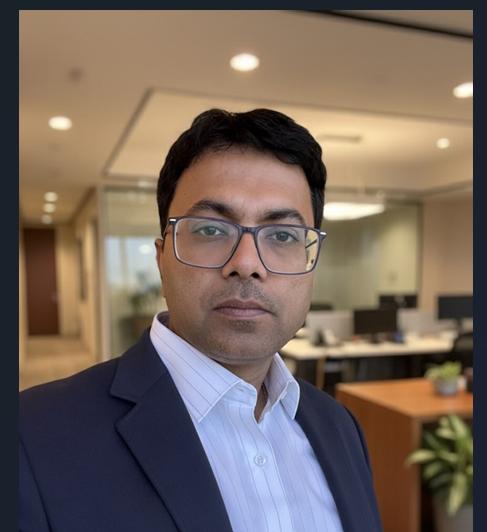
Koushik De
